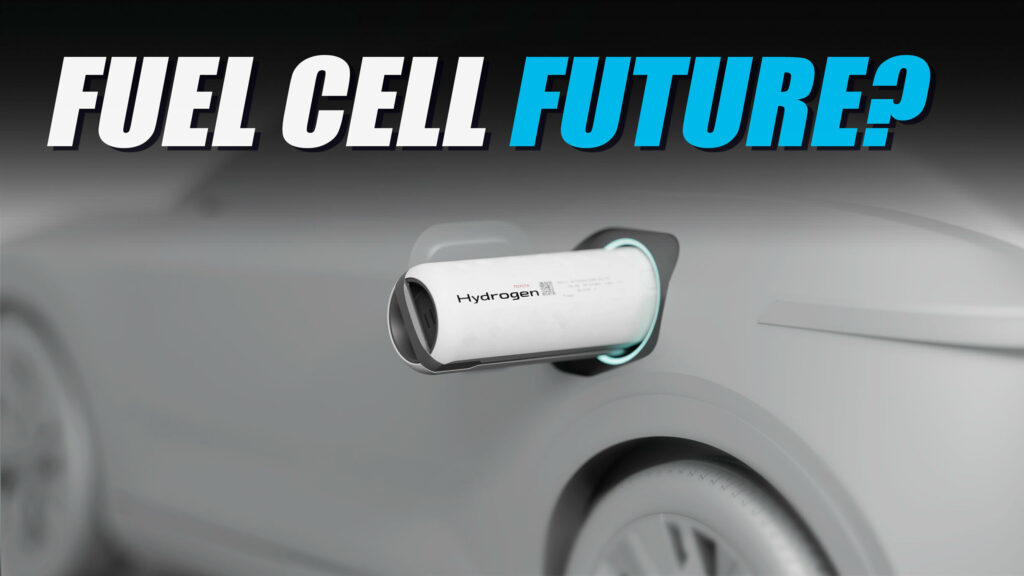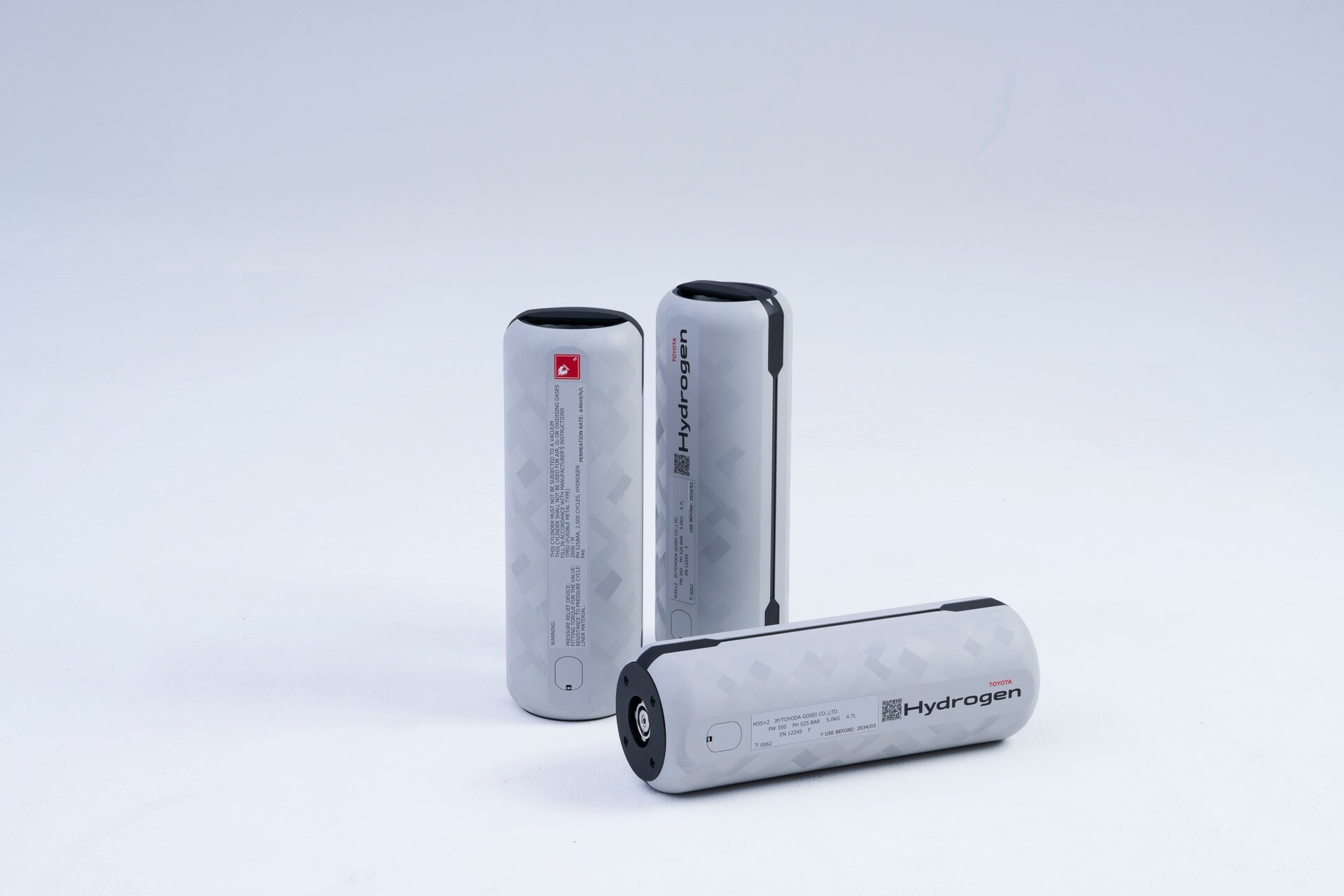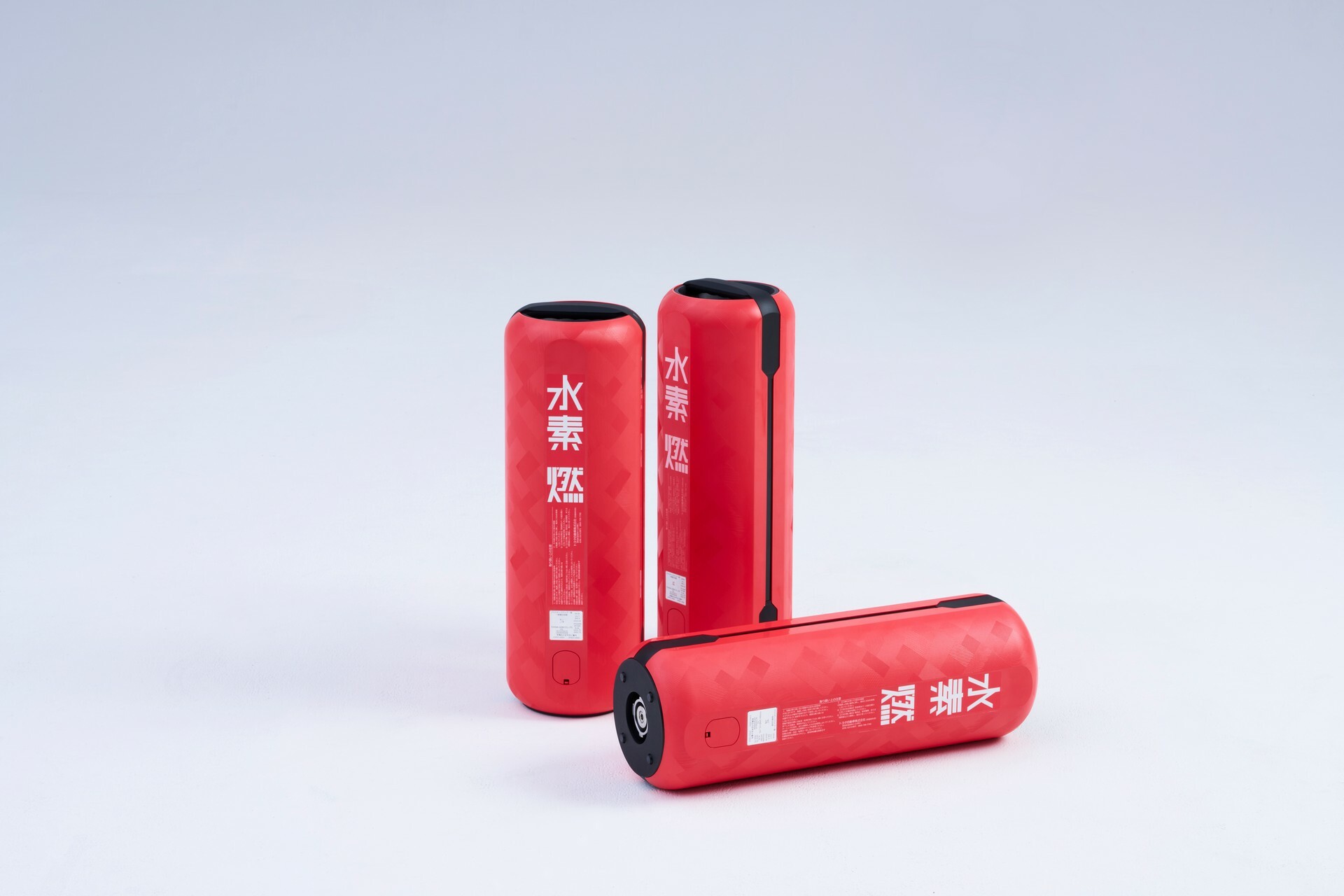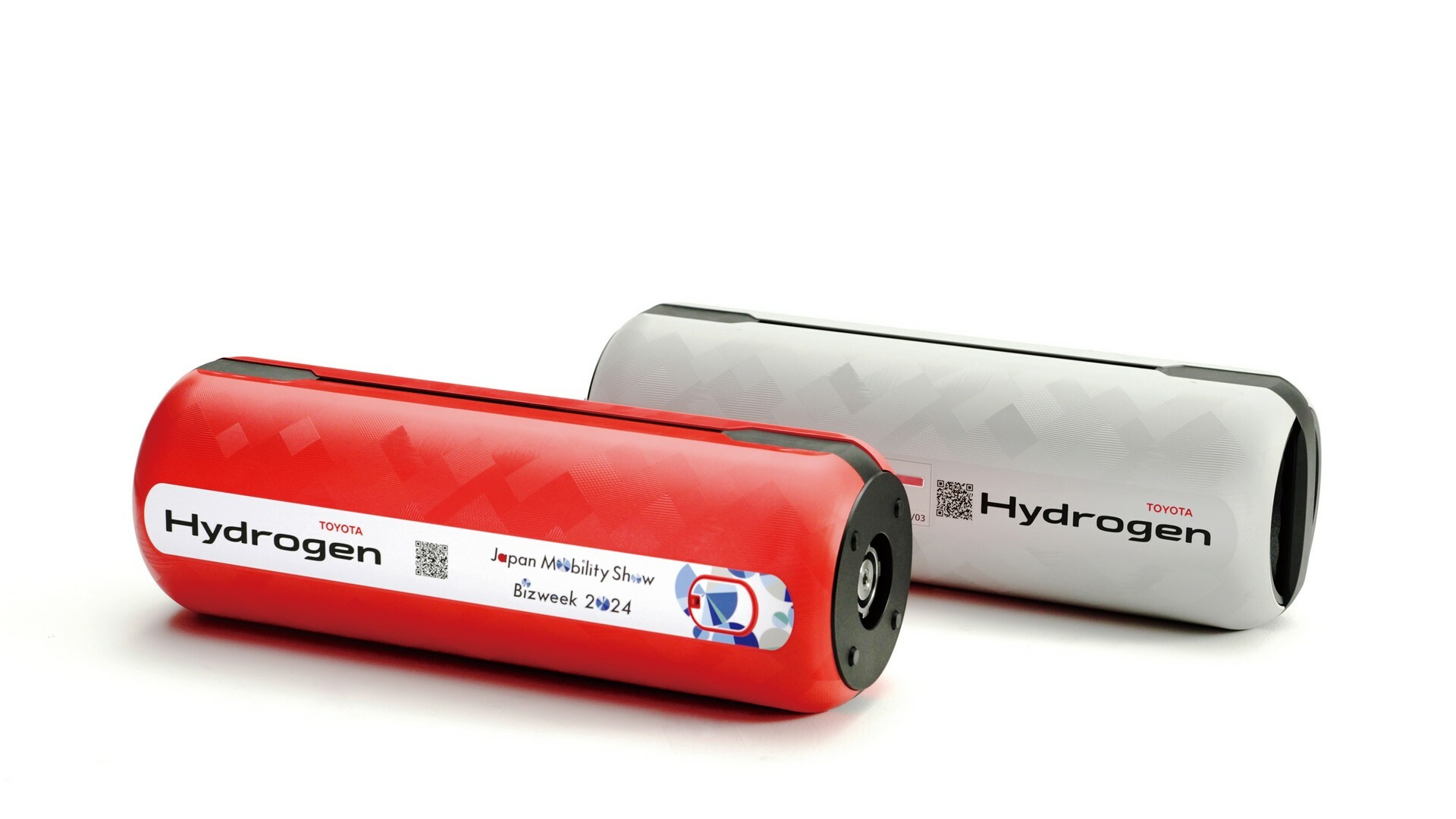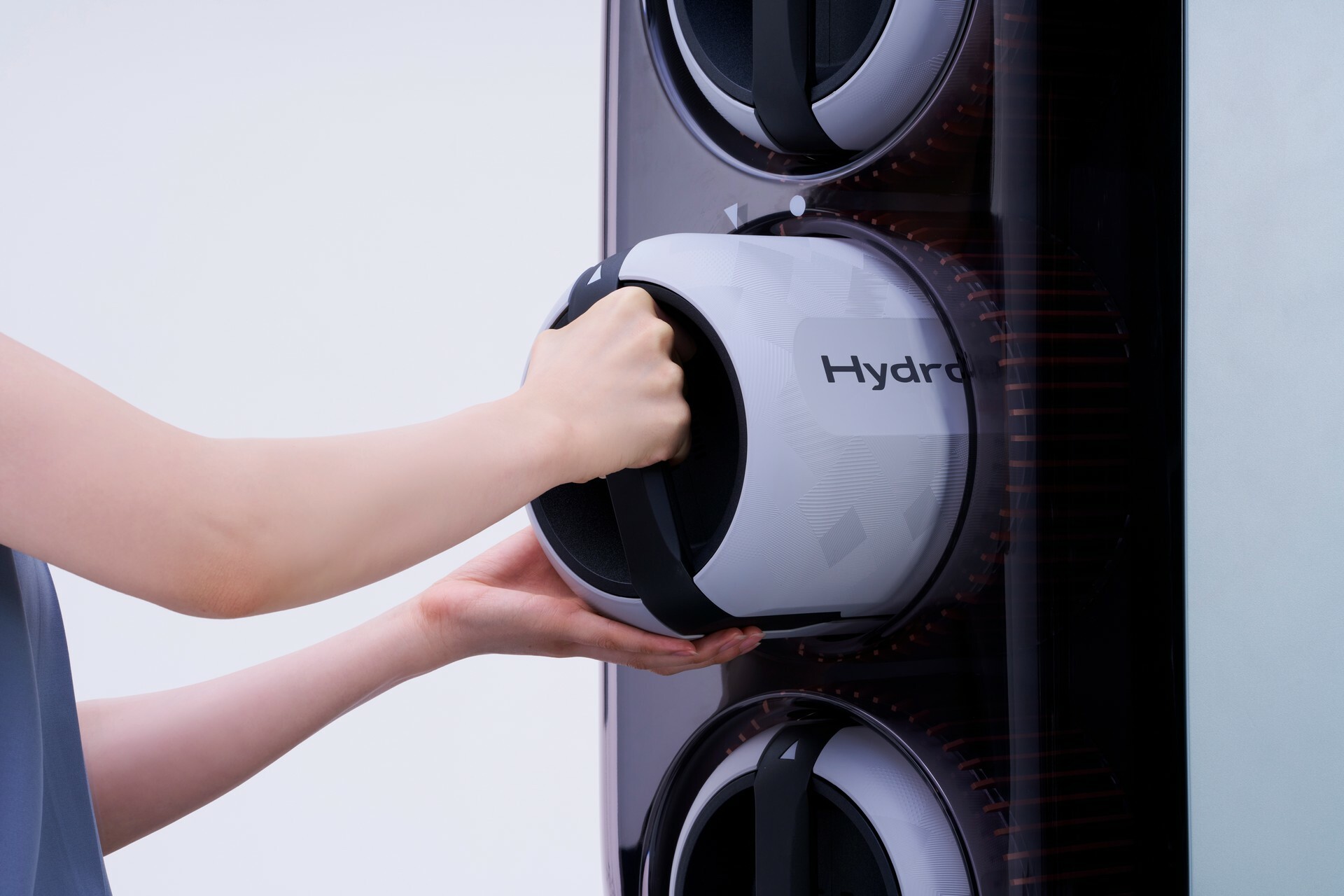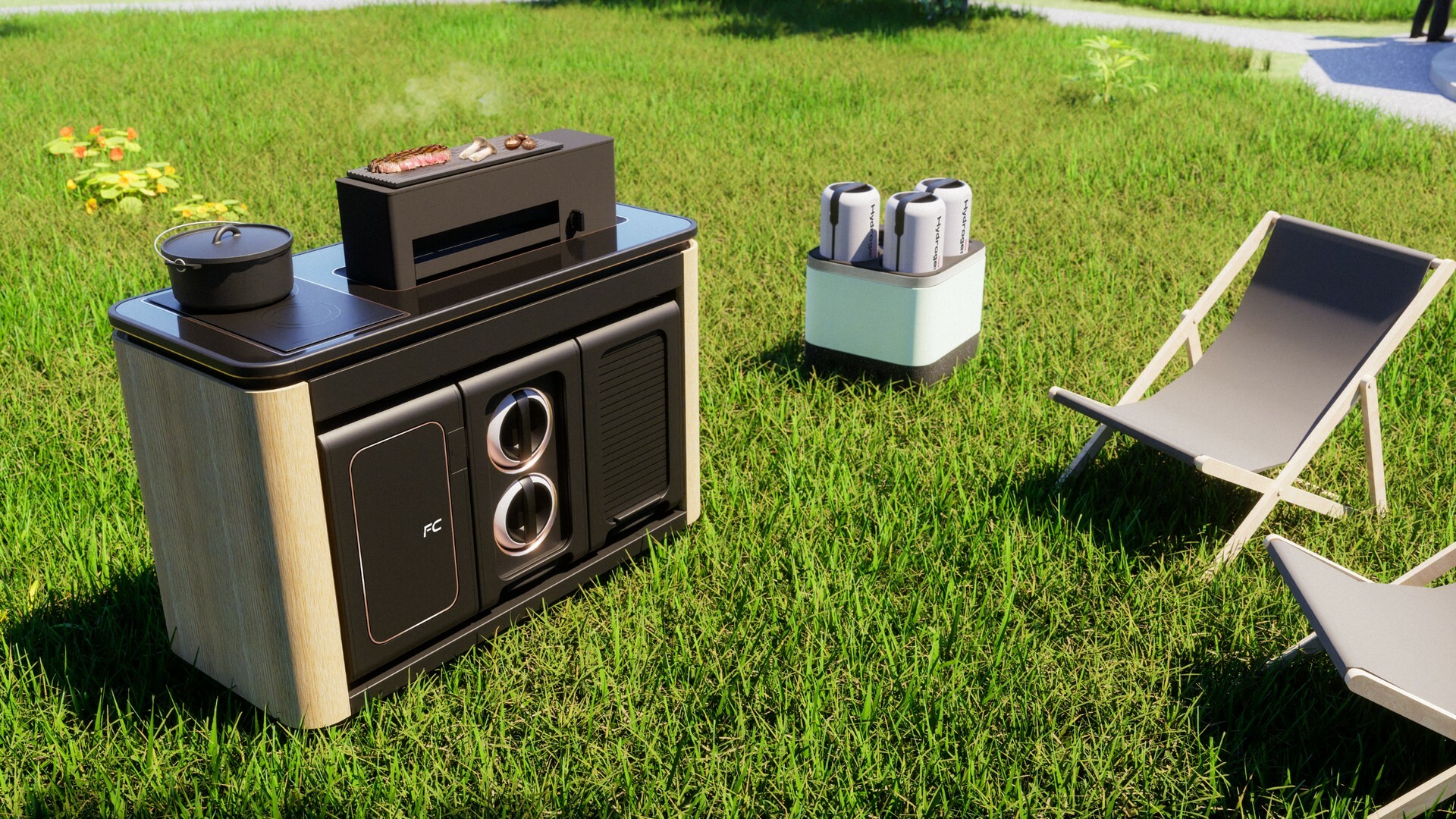- Toyota will show portable hydrogen cartridges in Japan later this month.
- The automaker envisions the containers could be used like giant AA batteries as they could power fuel cells to generate electricity.
- This means refueling your FCEV could be as easy as swapping out cartridges.
While electric vehicle adoption is occurring slower than many automakers anticipated, they’ve left fuel cell vehicles in the dust. However, Toyota isn’t ready to give up on them and will showcase a number of hydrogen-related developments at Japan Mobility Show Bizweek 2024.
The big news is that Toyota will introduce portable hydrogen cartridges in Japan for the first time. As the name suggests, the automaker was able to reduce the size and weight of hydrogen tanks to make them portable. This aims to make hydrogen a “familiar and safe energy source that can be used in a variety of everyday situations.”
More: Toyota Tests Hydrogen Hilux With Mirai Tech And 373-Mile Range
The hydrogen cartridges are envisioned to have a number of uses such as powering fuel cells to generate electricity or for cooking by combusting hydrogen gas. Speaking of the latter, Toyota joined forces with the Rinnai Corporation to develop a hydrogen-powered cooker.
More interestingly, Toyota envisions the hydrogen cartridges could be used like a giant AA battery. As you can see in one of the images, FCEV owners could be able to swap out containers to ‘refuel.’ It also appears that the company sees portable hydrogen cartridges as a way to power remote buildings and outposts.
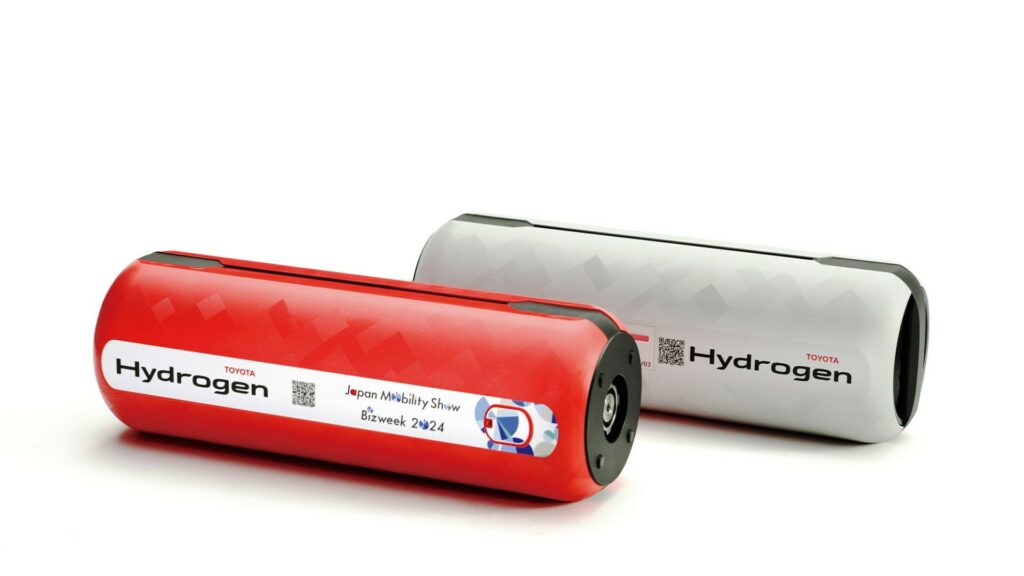
Besides the cartridges, Toyota will showcase their hydrogen-powered GR Corolla race car. It has been competing in endurance races since 2023.
Lastly, the automaker will show a “sweep energy storage system” that uses batteries recovered from end-of-life electrified vehicles. Toyota said “various types of used batteries with different degrees of deterioration can be reused to maximize each battery’s remaining energy storage capacity” and they’ll “contribute to a stable supply of electricity and the spread of renewable energy in combination with solar, wind, and other renewable energy power generation systems.”




